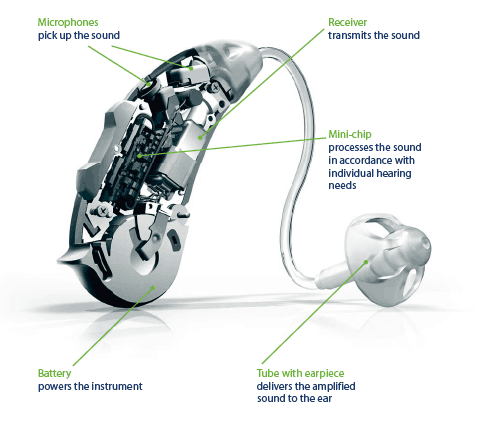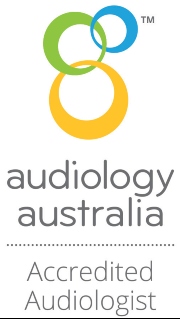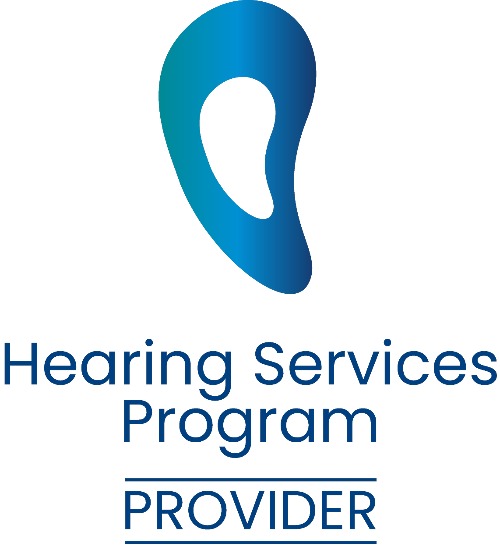What are Hearing Aids?
What are hearing aids and how do they work?
A hearing aid is a small electronic device that you wear in your ear or behind your ear. It makes important sounds louder so that a person with hearing loss can listen, communicate, and participate more fully in daily activities. A hearing aid can help people hear more in both quiet and noisy situations. However, only about one out of five people who would benefit from a hearing aid actually has one.

All hearing aids have 3 basic parts:
- microphone
- amplifier
- speaker
The hearing aid receives sound through a microphone, which converts the sound waves to electrical signals and sends them to an amplifier. The amplifier increases the power of the signals and then sends them to the ear through a speaker.
How can hearing aids help?
Hearing aids are primarily useful in improving the hearing and speech comprehension of people who have hearing loss that results from damage to the small sensory cells in the inner ear, called hair cells. This type of hearing loss is called sensorineural hearing loss. The damage can occur as a result of disease, ageing, or injury from noise or certain medicines.
A hearing aid magnifies sound vibrations entering the ear. Surviving hair cells detect the larger vibrations and convert them into neural signals that are passed along to the brain. The greater the damage to a person’s hair cells, the more severe the hearing loss, and the greater the hearing aid amplification needed to make up the difference.

What are the different styles of hearing aids?
There are essentially 7 types of hearing aids.
- Behind-the-ear (BTE)
- Receiver-in-canal (RIC) or Receiver-in-ear (RIE)
- In-the-ear (ITE)
- In-the-canal (ITC)
- Completely-in-canal (CIC)
- Invisible-in-canal (IIC)
- Lyric semi-permanent invisible hearing aid
Behind-the-ear (BTE)
BTE hearing aids consist of a hard plastic case worn behind the ear and connected to a plastic earmould that fits inside the outer ear. The electronic parts are held in the case behind the ear. Sound travels from the hearing aid through the earmould and into the ear. BTE aids are used by people of all ages for mild to profound hearing loss.
A relatively new kind of BTE aid is an open-fit hearing aid. Small, open-fit aids fit behind the ear completely, with only a narrow tube inserted into the ear canal, enabling the canal to remain open. For this reason, open-fit hearing aids may be a good choice for people who experience a build-up of earwax, since this type of aid is less likely to be damaged by such substances. In addition, some people may prefer the open-fit hearing aid because their perception of their voice does not sound “plugged up.”
Receiver-in-canal (RIC)
RIC hearing aids are a newer development and are suitable for mild to severe hearing loss.
Compared to a classic behind-the-ear (BTE) hearing aid, the receiver of the RIC (the loudspeaker) is placed in the ear-tip instead of in the housing, thereby reducing its size.
The RIC model consists of three parts: The housing, which sits behind the ear, and a thin ear-wire connecting the housing to the receiver. The receiver goes directly into the ear canal. The RIC model is a very discreet, yet powerful hearing aid, which works fully automatically.
There are many advantages of the RIC hearing aid style, including:
- The hearing aid itself is usually smaller, since the speaker/receiver is moved from behind the ear to in the ear.
- There is no tubing to collect moisture and tubing does not have to be replaced.
- The ability to change to a stronger power receiver, in many cases, if hearing loss progresses. This costs significantly less than purchasing new hearing aids.
In-the-ear (ITE)
ITE hearing aids fit completely inside the outer ear and are used for mild to severe hearing loss. The case holding the electronic components is made of hard plastic. Some ITE aids may have certain added features installed, such as a telecoil. A telecoil is a small magnetic coil that allows users to receive sound through the circuitry of the hearing aid, rather than through its microphone. This makes it easier to hear conversations over the telephone. A telecoil also helps people hear in public facilities that have installed special sound systems, called induction loop systems. Induction loop systems can be found in many churches, schools, airports, and auditoriums.
In-the-canal (ITC), completely-in-canal (CIC) and Invisible-in-canal (IIC)
Canal aids fit into the ear canal and are available in three styles.
- ITC hearing aids are made to fit the size and shape of a person’s ear canal.
- CIC hearing aids are nearly hidden in the ear canal.
- IIC hearing aids are completely invisible, completely hidden in the ear canal.
All types of canal hearing aids are used for mild to moderately severe hearing loss.
Because they are small, canal hearing aids may be difficult for a person to adjust and remove. In addition, canal hearing aids have less space available for batteries and additional devices, such as a telecoil. They usually are not recommended for young children or for people with severe to profound hearing loss because their reduced size limits their power and volume.
The IIC hearing aid is the smallest model in hearing aids and it is especially suitable if you have a mild to moderately severe hearing loss. It has a custom made shell and all vital electronics are placed individually in the shell, providing an optimum and small fit. The IIC hearing aid is small enough to be placed very deep inside the ear canal, making it virtually invisible. Its placement furthermore allows users to still benefit from the natural shape of the ear for better localisation of sounds. An IIC therefore also has a big aesthetic advantage: No one can actually see that you are wearing a hearing aid.
For easy everyday removal, the IIC has a small extension cord attached to the outside. The IIC model works fully automatically.
How do digital hearing aids work?
Digital aids convert sound waves into numerical codes, similar to the binary code of a computer, before amplifying them. Because the code also includes information about a sound’s pitch or loudness, the aid can be specially programmed to amplify some frequencies more than others. Digital circuitry gives an audiologist more flexibility in adjusting the aid to a user’s needs and to certain listening environments. These aids also can be programmed to focus on sounds coming from a specific direction.
Which hearing aid will work best for me?
The hearing aid that will work best for you depends on the kind and severity of your hearing loss. If you have a hearing loss in both of your ears, two hearing aids are generally recommended because two aids provide a more natural signal to the brain. Hearing in both ears also will help you understand speech and locate where the sound is coming from.
You and your audiologist should select a hearing aid that best suits your needs and lifestyle. Price is also a key consideration because hearing aids range from hundreds to several thousand dollars. Similar to other equipment purchases, style and features affect cost. However, don’t use price alone to determine the best hearing aid for you.
A hearing aid will not restore your normal hearing. With practice, however, a hearing aid will increase your awareness of sounds and their sources. You will want to wear your hearing aid regularly, so select one that is convenient and easy for you to use. Other features to consider include parts or services covered by the warranty, estimated schedule and costs for maintenance and repair, options and upgrade opportunities, and the hearing aid company’s reputation for quality and customer service.
What questions should I ask before buying a hearing aid?
Before you buy a hearing aid, consider asking your Audiologist:
- What features would be most useful to me?
- What is the total cost of the hearing aid? Does the price of the hearing aid include all necessary appointments to fit and tailor the hearing to my unique hearing loss and listening needs? What about wireless accessories and batteries?
- What rebates are available, such as private health insurance, pensioner and DVA veteran discounts?
- Is there a trial period to test the hearing aids? Can I exchange or return the hearing aid during the trial period? How long is the trial period? What fees are non-refundable if the hearing aids are returned after the trial period?
- How long is the warranty? Can it be extended?
- Am I covered for accidental loss and damage to my hearing aids? What is the excess payable? What are the exclusions for accidental loss or damage?
- Can the Audiologist make adjustments and provide servicing and minor repairs?
- What accessories are available, such as bluetooth streamers and remote controls, to help in certain listening situations such as watching TV and talking on the telephone?
- Can I direct stream sound via my smartphone? What apps are available?
Want to know more?
Contact HEARING SAVERS on ☎ 1800 00 4327 or save@hearingsavers.com.au

























